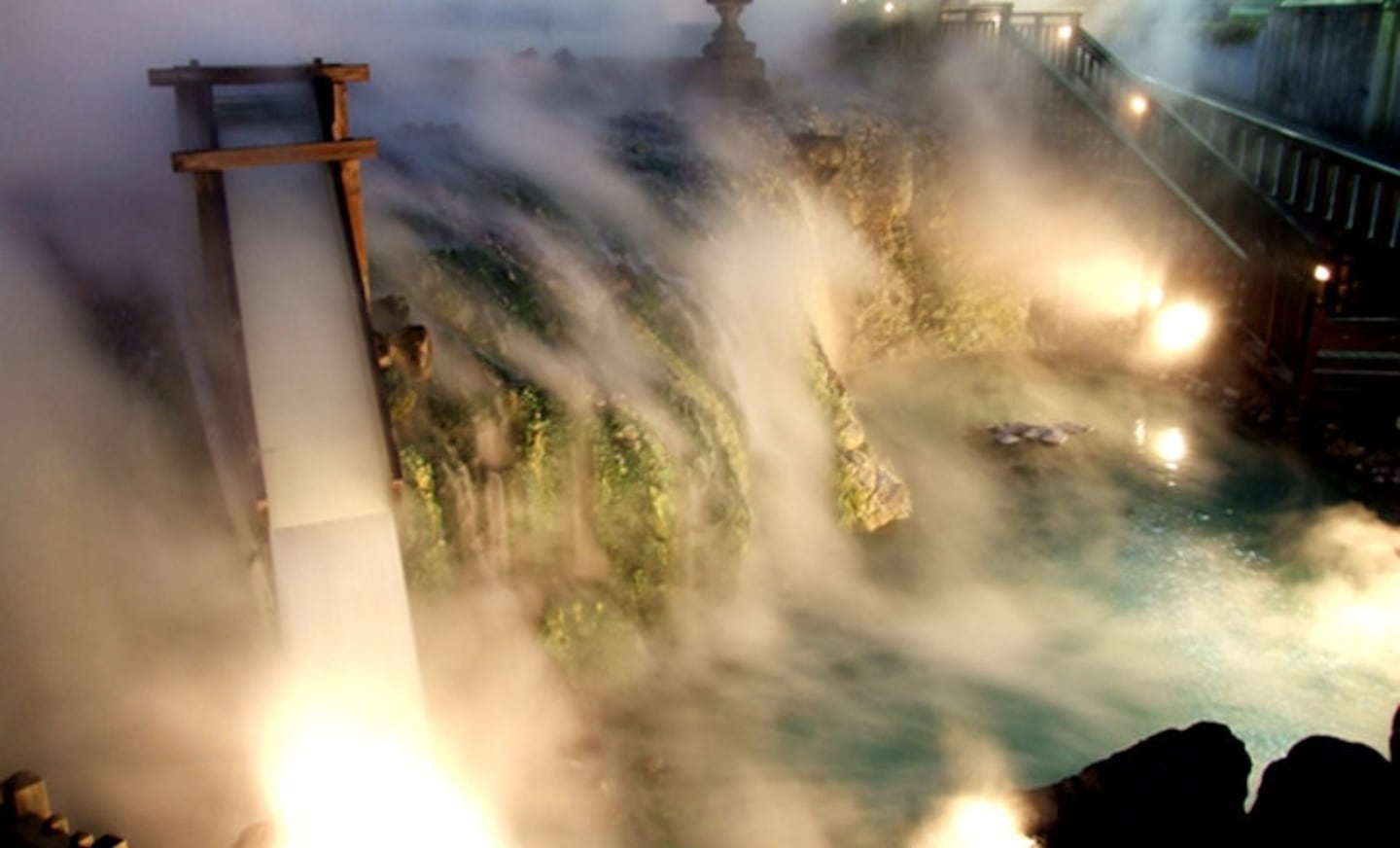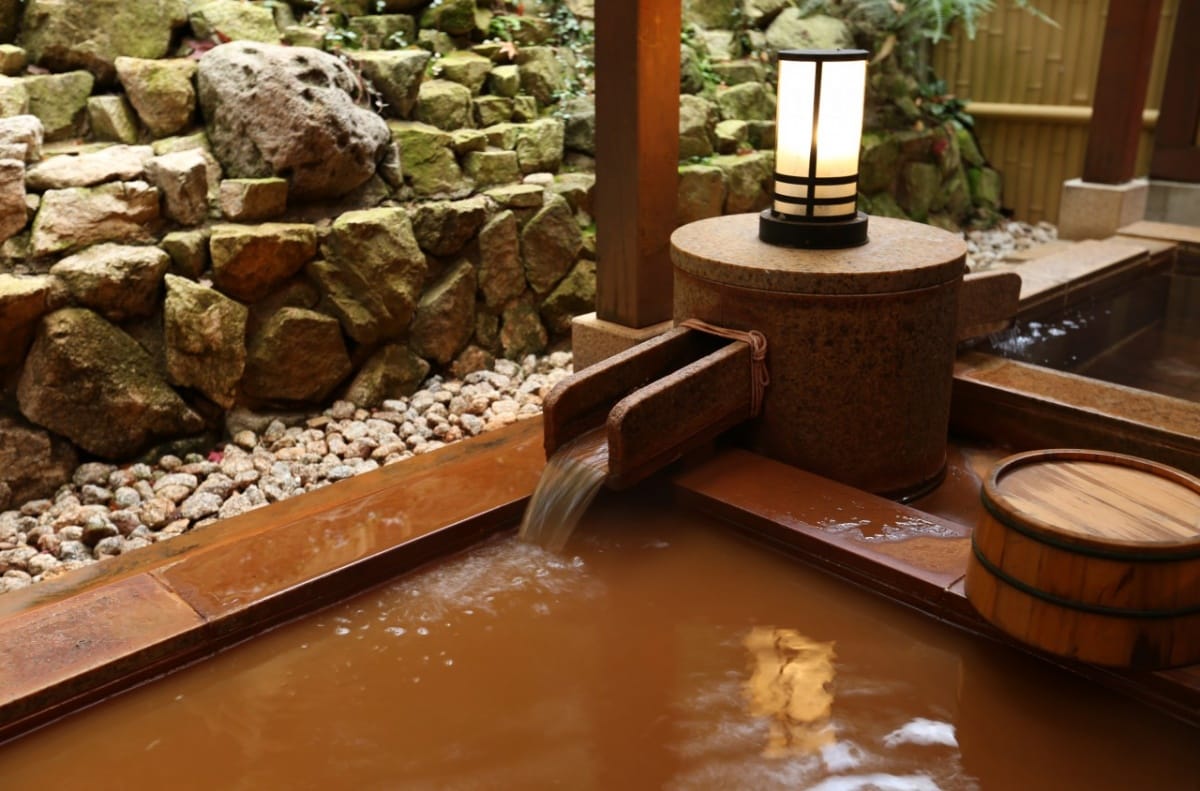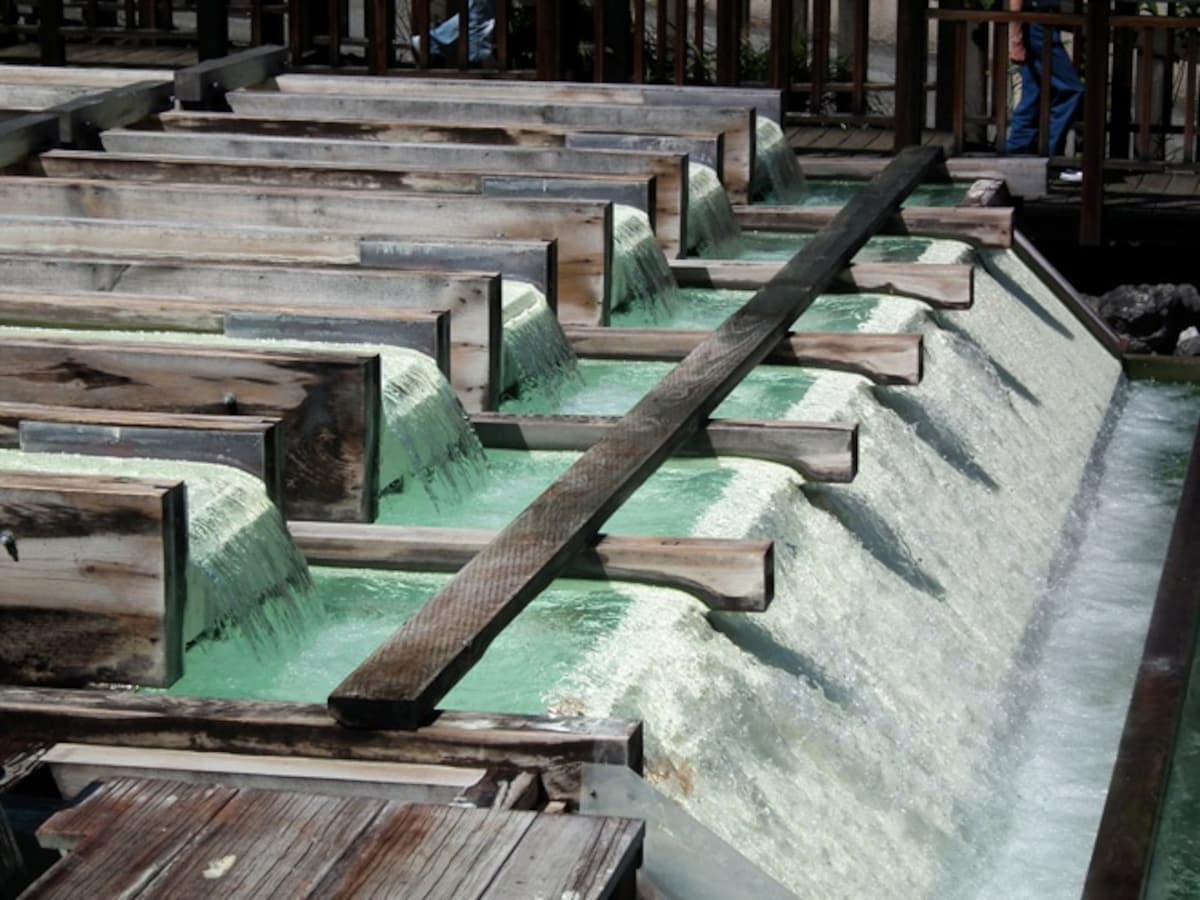The 3 Most Famous Hot Springs in Japan
There are lots of amazing hot springs, or onsen, in Japan. But which are the best of the best? Fortunately, we had some guidance to help us decide. Following the writings of Hayashi Razan, a philosopher of the Edo Period (1603–1868), we can point you right to three onsen that have for centuries been viewed as the best in all of Japan.
By Matthew Hernandez3. Arima Onsen (Hyogo)
The Arima hot spring is one of the few in Japan to have a total of seven different natural compounds in its waters said to have temporary curative properties for certain physical ailments such as arthritis and eczema. With a unique choice of either the Gold (Kinsen) hot springs or Silver (Ginsen) hot springs, visitors can choose the one that most fits their needs.
The Kinsen baths have iron and salt concentrations that, when they make contact with the air, change to a slightly reddish-brown color due to metal oxidation. The salt concentration is nearly twice as high as that of any ocean, and works together with iron and calcium in the water to stimulate the skin and temporarily treat the symptoms of common skin and joint diseases.
One Ginsen bath has a spring that contains high levels of carbonic acid, which may help stimulate blood flow and improve cellular metabolism while also removing lactic acid (a byproduct of cellular respiration when cells use oxygen too quickly and are unable to produce as much energy).
Another type of Ginsen contains trace amounts of radium, a natural element that gives off very small amounts of radioactivity, which is said to promote cell activation, relieve muscle fatigue (by removal of lactic acid), and boost the immune system. While it may sound scary, the amounts of radiation are so small that they are said to be quantifiably harmless to the body.
2. Kusatsu Onsen (Gunma)
If gold and silver springs aren’t for you, try Kusatsu Onsen instead. Kusatsu’s spring water is heated by nearby Mount Shirane, an active volcano. The water’s high acidity ensures unwanted bacteria will not survive in the springs. Japanese cypress coated in resin is used widely in the Kusatsu region as it can withstand such acidity, providing a unique, rustic atmosphere in the baths. Visitors can also purchase salts that are collected from the Yubatake, a special pool where water collects after being drained from the springs, allowing the same skin-stimulating sensation of the hot springs in the comfort of their own homes.
Kusatsu Onsen has two unique styles of baths known as jikan-yu and yumomi, as well as traditional open-air baths called soto-yu. The jikan-yu is a hot spring that offers a small shrine for honoring the gods who provided such a wonderful natural resource. It’s believed by some that praying allows the body to be healed more readily by the water.
The yumomi is a hot spring in which the waters are stirred by large wooden paddles prior to entry. This is done not only for style, but is actually necessary since most of the water is too hot to enter. Stirring allows the mixture of the salts to help cool down the overall temperature.
1.Gero Onsen (Gifu)
If you’re interested in being surrounded by a smorgasbord of beautiful nature, then look no further than Gero Onsen. Gero has four main public baths along the Hida River and four main foot baths as well. The area presents a stunning new vista with every season, and offers guests interesting trekking courses through as well.
Nicknamed the “springs for the beautiful” (bijin-no-yu), these springs have been used since the early 10th century, with Japanese emperors among the most notable visitors.
Yunoshimakan holds a hot spring festival from August 1 to 3, and the February 14 Heian-Period-style Hanagasa Festival is popular with locals. There’s also a public market open daily from March 19 to November 30.
If you love being in nature and want an onsen experience, Gero Onsen is the perfect place for you.






